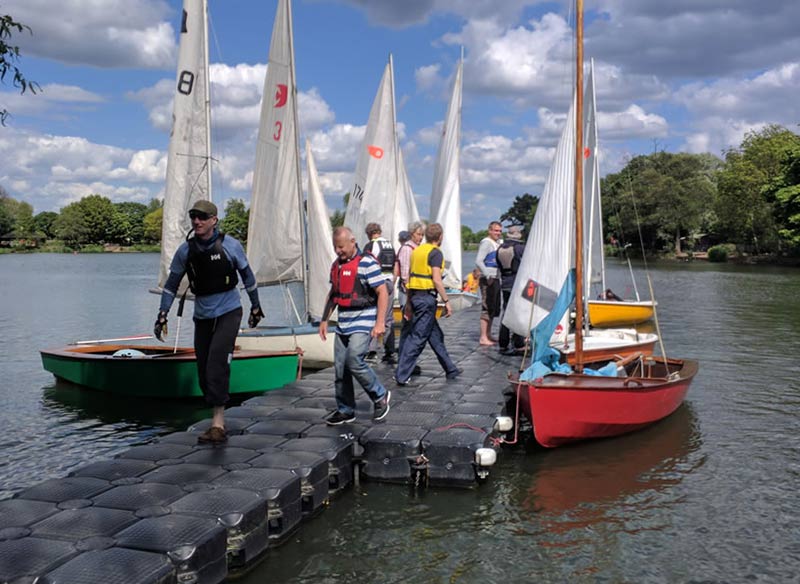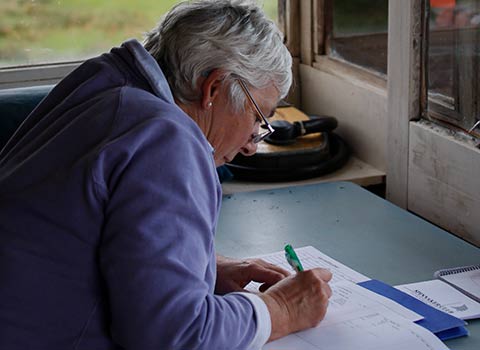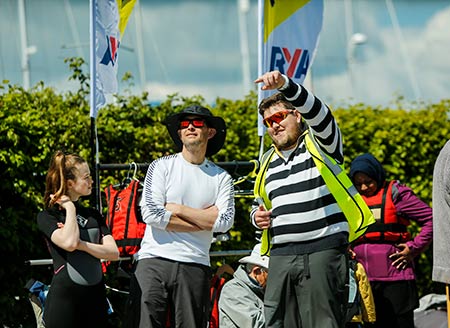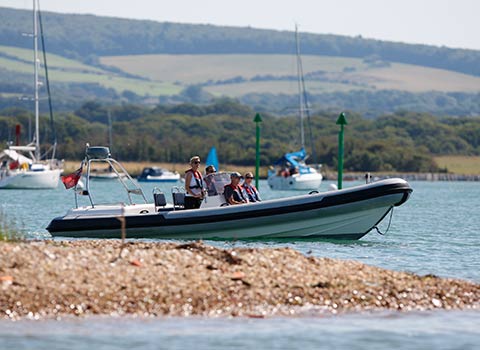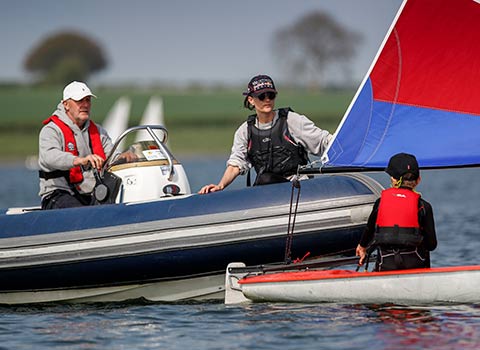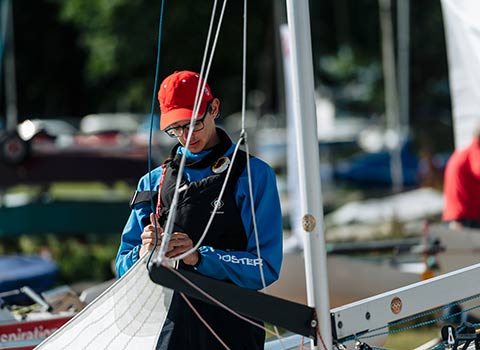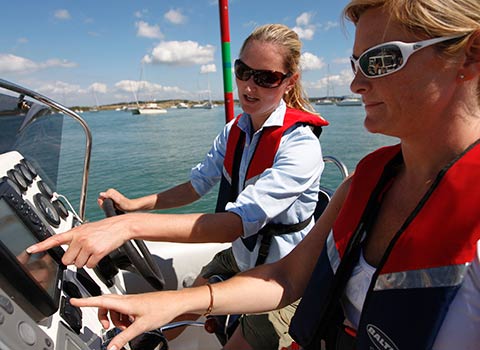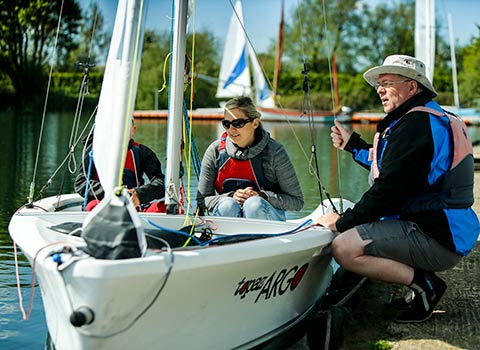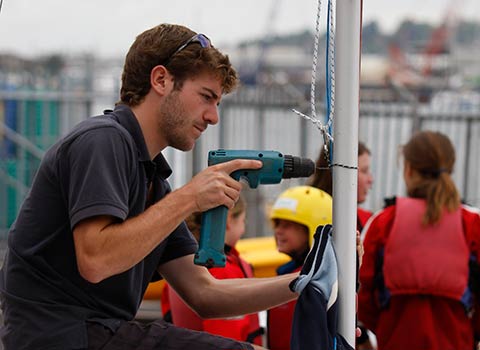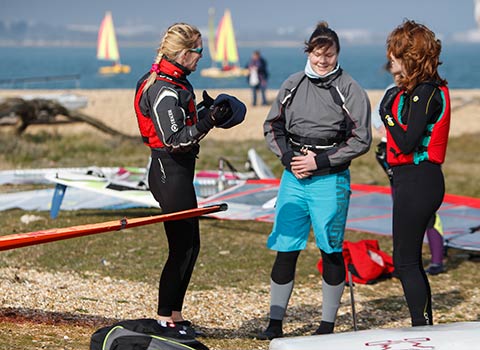Proactive and reactive learning
Changes identified
Everyone involved in the organisation will want reassurance that you know how your systems for managing safety on the water are performing and that they have the desired outcome.
Observe and monitor your safety arrangements, learning as you go and implementing improvements when needed.
Paperwork, systems and procedures on their own are not enough. You have the use them, monitor them, and learn from them.
Look at what is happening proactively and reactively.
Proactively
- Routine inspections
- Pre-use checks
- Observations
- Paperwork checks
- Analysis of accident and incident reports for trends
- A critical friend to observe what happens
- Seek feedback from participants and volunteers.
Reactively
Investigate accidents, incidents and near misses
- Gather information about what happened
- Analyse the information
- Identify new control measures
- Plan to implement new measures.
Questions to ask - Proactive and reactive learning
1
What lessons have you learned from proactive monitoring of your safety on the water systems?
2
What lessons have you learned from reactive monitoring of your safety on the water delivery?
3
What changes have you made as a result?
4
When was the last time you reported to a committee / governing body within your organisation about the learning and changes you have made to improve safety on the water?

